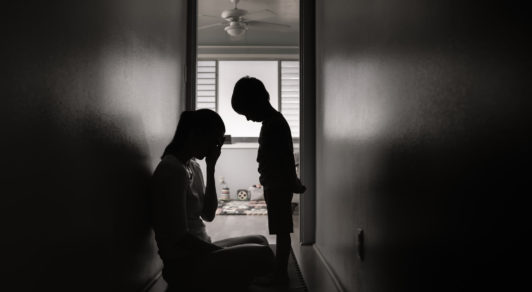Abortion rights, women of color, and LGBTQIA+ people are under attack. Pledge to join us in fighting for gender justice.

The pandemic exacerbated existing racial and gender inequities in the U.S. economy, hitting women, especially Black, non-Hispanic women and Latinas, LGBTQIA+ people, and disabled women the hardest. These groups continue to bear the brunt following an uneven economic recovery. Due to the expiration of many pandemic-era relief programs, 2022 had the largest yearly increase in poverty rates as measured by the Supplemental Poverty Measure in more than 50 years, from 7.9% to 12.8% for women and girls, from 5.2% to 12.4% for children overall, and from 11.9% to 26.7% for family units with children headed by a single woman.1 Using data from week 63 (collected October 18–30, 2023) of the U.S. Census Bureau Household Pulse Survey,2 this factsheet shows that women of color, disabled women of color, and LGBT (lesbian, gay, bisexual, and transgender)3 adults continue to struggle to afford basic necessities such as food, housing, and child care well into 2023. Data from week 63 of the Household Pulse Survey shows:
Black, non-Hispanic women, and Latinas were more likely than white, non-Hispanic men and white, non-Hispanic women to:
- Not have enough food to eat.
- Be behind on their rent and mortgage payments.
Disabled4 Black, non-Hispanic women and disabled Latinas were more likely than nondisabled white, non-Hispanic men to:
- Not have enough food to eat.
Disabled women of color5 were more likely than nondisabled white, non-Hispanic men to:
- Be behind on their rent and mortgage payments.
LGBT adults of color were more likely than non-LGBT white, non-Hispanic adults to:
- Not have enough food to eat.
- Be behind on their rent payments.
Read the whole factsheet here.

